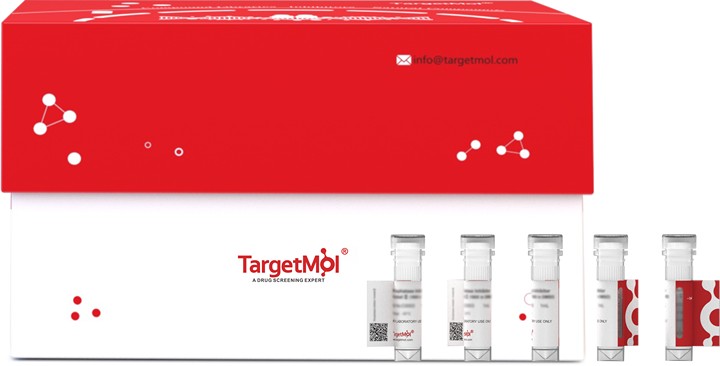Shopping Cart
- Remove All
 Your shopping cart is currently empty
Your shopping cart is currently empty

Pro-neuregulin-1 Protein, Human, Recombinant (GST & His) is expressed in E. coli.

| Pack Size | Price | Availability | Quantity |
|---|---|---|---|
| 20 μg | $198 | 20 days | |
| 100 μg | $427 | 20 days | |
| 1 mg | $1,830 | 20 days |
| Biological Activity | Activity has not been tested. It is theoretically active, but we cannot guarantee it. If you require protein activity, we recommend choosing the eukaryotic expression version first. |
| Description | Pro-neuregulin-1 Protein, Human, Recombinant (GST & His) is expressed in E. coli. |
| Species | Human |
| Expression System | E. coli |
| Tag | N-6xHis-GST |
| Accession Number | Q02297 |
| Amino Acid | NELNRKNKPQNIKIQKKPGKSELRINKASLADSGEYMCKVISKLGNDSASANITIVESNEIITGMPASTEGAYVSSESPIRISVSTEGANTSSSTSTSTTGT |
| Construction | 75-176 aa |
| Protein Purity | > 85% as determined by SDS-PAGE. |
| Molecular Weight | 42.2 kDa (predicted) |
| Endotoxin | < 1.0 EU/μg of the protein as determined by the LAL method. |
| Formulation | If the delivery form is liquid, the default storage buffer is Tris/PBS-based buffer, 5%-50% glycerol.If the delivery form is lyophilized powder, the buffer before lyophilization is Tris/PBS-based buffer, 6% Trehalose, pH 8.0. |
| Reconstitution | Reconstitute the lyophilized protein in sterile deionized water. The product concentration should not be less than 100 μg/mL. Before opening, centrifuge the tube to collect powder at the bottom. After adding the reconstitution buffer, avoid vortexing or pipetting for mixing. |
| Stability & Storage | Lyophilized powders can be stably stored for over 12 months, while liquid products can be stored for 6-12 months at -80°C. For reconstituted protein solutions, the solution can be stored at -20°C to -80°C for at least 3 months. Please avoid multiple freeze-thaw cycles and store products in aliquots. |
| Shipping | In general, Lyophilized powders are shipping with blue ice. Solutions are shipping with dry ice. |
| Research Background | Direct ligand for ERBB3 and ERBB4 tyrosine kinase receptors. Concomitantly recruits ERBB1 and ERBB2 coreceptors, resulting in ligand-stimulated tyrosine phosphorylation and activation of the ERBB receptors. The multiple isoforms perform diverse functions such as inducing growth and differentiation of epithelial, glial, neuronal, and skeletal muscle cells; inducing expression of acetylcholine receptor in synaptic vesicles during the formation of the neuromuscular junction; stimulating lobuloalveolar budding and milk production in the mammary gland and inducing differentiation of mammary tumor cells; stimulating Schwann cell proliferation; implication in the development of the myocardium such as trabeculation of the developing heart. Isoform 10 may play a role in motor and sensory neuron development. Binds to ERBB4. Binds to ERBB3. Acts as a ligand for integrins and binds (via EGF domain) to integrins ITGAV:ITGB3 or ITGA6:ITGB4. Its binding to integrins and subsequent ternary complex formation with integrins and ERRB3 are essential for NRG1-ERBB signaling. Induces the phosphorylation and activation of MAPK3/ERK1, MAPK1/ERK2 and AKT1. Ligand-dependent ERBB4 endocytosis is essential for the NRG1-mediated activation of these kinases in neurons. |

Copyright © 2015-2025 TargetMol Chemicals Inc. All Rights Reserved.